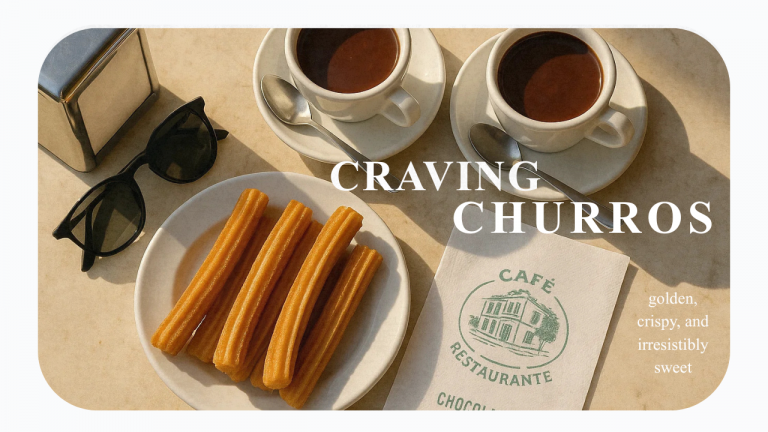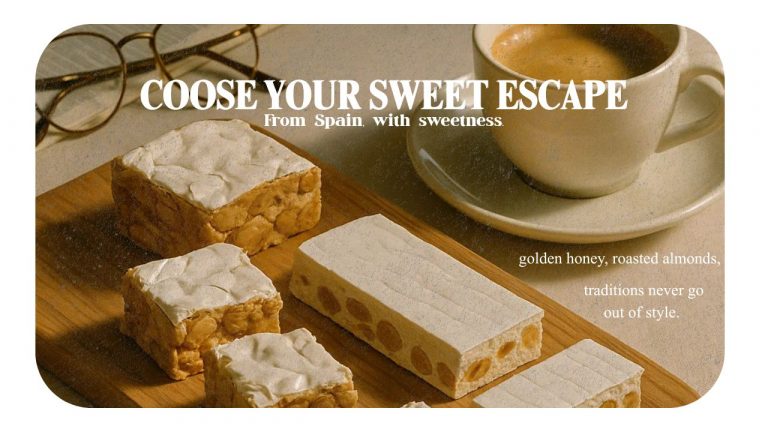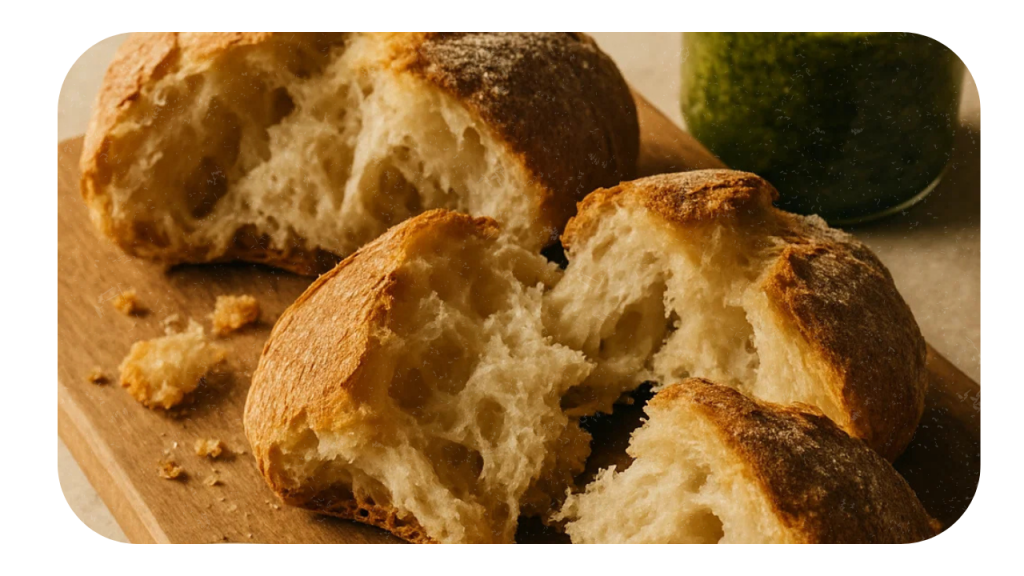
Growing up, I remember my mom calling white flour “one of the three white poisons” (along with sugar and salt). As a kid, I never questioned it; I was eating it every day without a second thought. But the phrase stuck with me over the years, and now I often find myself repeating it, especially when it comes to white bread. The funny part is, I realized I didn’t actually know much about why white bread is considered less healthy. So I decided it was time to dig into the facts and find out why white flour has earned its reputation as part of a bad-guy trio: the infamous “three white poisons“.

What is White flour (grain)
White flour is made from grains that have been polished or refined. This means the outer layers — the bran and the germ — have been removed, leaving only the soft, starchy middle, known as the endosperm. 🌾
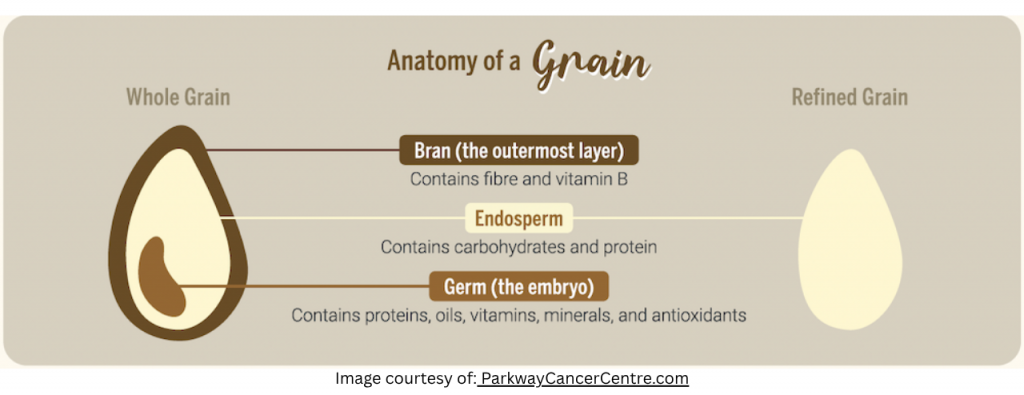
Why are grains refined?
- 🍚 Removing the bran and germ gives the grains a smoother texture, and it makes them easier to chew. This is one of the reasons why white bread and white rice have that fluffy, light feel.
- 🍞 The germ of the grain contains oils that can go rancid, so removing them helps the products last longer on the shelves.
- 👩🏻🍳⏱ Additionally, without the fibrous bran, white grains cook more quickly, making them super convenient for busy cooks.
These factors – longer shelf life, fluffy texture, and faster cooking – are why many people prefer white flour. The middle flavor of white flour also plays a big role in its popularity, as it’s less earthy than the more robust taste of whole grain.

A Brief History: White vs. Whole Wheat Bread
Back in the day, the type of bread people ate really depended on where they lived. (Much of what I learned about this comes from the YouTube channel Weird History Food, which dives deep into how white bread became a symbol of wealth, industry, and later, controversy.)

Across most of Europe, wheat was the main grain, and breads were usually made with whole-grain or less finely ground flour, not the soft, white loaves we’re used to today.

In medieval Europe, for example, rye and barley breads were everyday staples, while white bread made from finely milled wheat was a luxury for the wealthy because refining it was so time-consuming. Most people ate darker, denser breads made from whole wheat or stone-ground grains that were more filling and packed with nutrients.
That pattern eventually carried over to America, where the kind of bread people ate also depended on access, cost, and technology. In the U.S., white, fluffy bread became common in the late 19th and early 20th centuries, when industrial milling and mass-production technology made white flour much cheaper and more widely available. Before that, white bread was a mark of wealth because refining wheat took extra effort and expense. As factory machines and roller mills replaced traditional methods, white bread became a symbol of industry and modern food production.
Local bakeries still made whole-wheat bread, since they didn’t have access to the new industrial machines. Many of these small shops were owned and run by immigrants, and at the time, that carried a certain social bias. As a result, whole wheat or darker bread starts to be seen as old-fashioned, “dirty,” or food for the poor, while factory-made white bread was viewed as clean, modern, and sophisticated. Another reason white bread earned its “clean” reputation was simply because it stayed fresh on shelves much longer than traditional loaves.
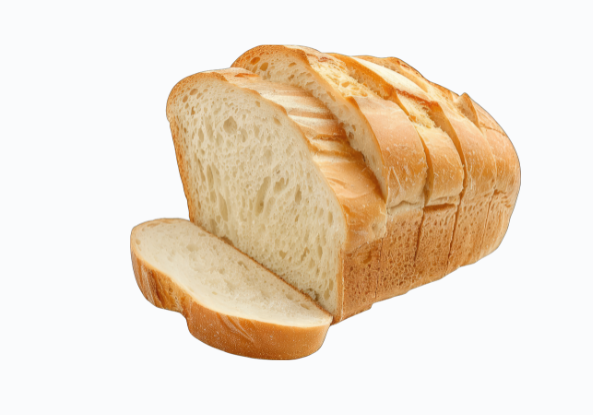
White bread rose to popularity with a lot of competition in the food industry, with companies creating new kinds of soft, sliced loaves. 🍞 By the 1940s, however, research began raising questions about the health effects of highly processed white bread. This sparked a shift in the public’s attitude – people started to become more aware of nutrition and wellness. Nutritionists and public health officials started criticizing refined white flour for lacking vitamins and minerals, which led to fortification programs that added nutrients like iron and vitamin B back into flour. This period marked the beginning of a shift in how people thought about food. Health and wellness became bigger topics, and by the 1960s and 70s, whole wheat bread began making a comeback. It was seen as a healthier, more natural alternative, and many people started turning away from factory-made foods toward simpler, less processed options. 🤎
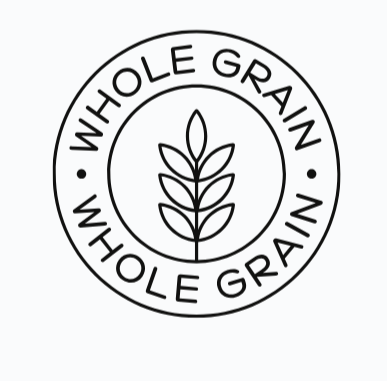
Companies quickly caught onto this new health trend and began marketing their products around it. They leaned into the “ingredients-first” approach, highlighting natural, simple ingredients to evoke that all-natural, wholesome vibe. Whole wheat bread was soon branded as cool, healthy, and even a little bit “hippie,” which also made it rise in price.
Meanwhile, white bread became associated more with the working class and mass-produced food. In a way, the reputations of the two breads had completely flipped.
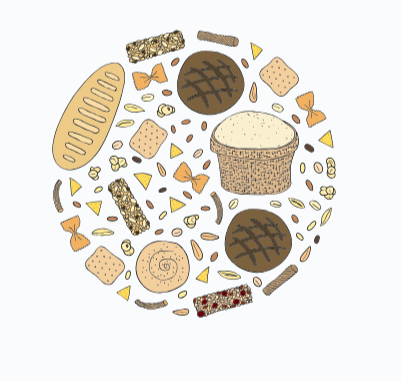
💡 It’s funny how a simple loaf of bread can carry so much history — from royal feasts to factory shelves, and back again to the health aisle. What used to divide classes now just divides grocery aisles. Whether it’s a dense slice of whole wheat or that irresistible white garlic bread, I’m just glad we get to choose both.
Why Are White Grains Less Healthy?
- 🥬 White grain contains less fiber, which means they don’t keep you full for as long, and it doesn’t help your digestion as much.
- 🥗 Vitamins and minerals from the bran and germ are mostly lost during the processing, which means white grains have fewer nutrients overall.
- 🍬 White grains digest quickly, which can cause blood sugar spikes – those “sugar highs” leading to sudden crashes.
- 🥣 As mentioned before, because they are less filling, white grains can make you feel hungrier sooner, which might lead to overeating and possibly weight gain.
- ❤️🩹 Over time, eating too many refined grains can increase your risk of heart issues, weight gain, and other long-term health problems.

Benefits of Whole Grains
On the other hand, Whole grains (like brown rice, oats, quinoa, whole wheat bread, barley) keep the bran and germ intact. This makes them richer in fiber, vitamins, minerals, antioxidants, and healthy fats-all the good stuff your body needs.
Balancing Refined and Whole Grains
Refined grains might taste great in the moment-light, fluffy, and comforting-they come with quite a few downsides. But don’t worry, enjoying some refined grains is not going to hurt you right away.
The real question is: how much of white grains is still ok to enjoy while keeping your meals balanced and healthy? Let’s look at how much satisfaction that yummy fluffy bread can bring each week – without overdoing it. Because, god knows, I am not giving up warm, fresh garlic bread forever.

How Much of White Grain is Safe to Eat?
When it comes to how much white flour is ok to consume, it largely depends on your overall diet, health goals, and nutritional needs.
Recommended Daily Serving
While it’s fine to enjoy white bread, pasta, or pastries now and then, it’s best not to let it take over your meals. According to the American Heart Association, half of the grains you eat should come from whole grains. For adults, the general recommendation is to aim for around 3-5 servings of whole grains per day. A serving could be something like a slice of whole wheat bread, a half-cup of cooked brown rice, or a bowl of oatmeal.
Balancing White and Whole Grains
If you’re having white flour in one meal (like white bread or pasta), 🍝 try to balance it out by including whole grains like whole wheat bread, brown rice, or oats in your other meals. Ideally, try to keep refined grains to no more than 1-2 servings per day to make sure you’re still getting the fiber and nutrients from whole grains. 🌾It’s all about finding a healthy balance without cutting the foods you love!
Choosing Bread at the Grocery Store
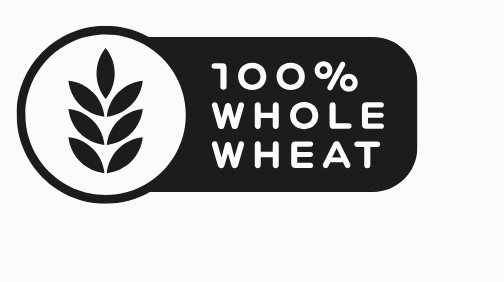
Check the bread packaging. If it doesn’t say “100% whole wheat” or “whole grain” right on the front (and in the ingredient list), it’s probably not the real thing. In the grocery store, it’s easy to confuse “Wheat” vs. “Whole Wheat”.
Whole wheat bread, like we have learned, includes all three parts of the wheat grain — the good stuff that makes it a true whole grain.
🚩 Wheat bread, on the other hand, can be mostly refined white flour with just a small amount of whole wheat flour added — or even just coloring and flavoring to look more brown and “healthy.” The word “wheat” alone doesn’t guarantee it’s a whole grain, because technically, all bread made from wheat can be called “wheat bread.”
💡 The simplest rule: the first ingredient should say “whole wheat flour” or “100% whole grain wheat” if you want a true whole-grain loaf.
╰┈➤ Now that we have learned the difference between whole-grain bread in the store and how to balance it with white grain, you are equipped to make choices that feel good for your body. With a little awareness and moderation, enjoying bread can be both satisfying and balanced. 🤎🤍
📝 Today’s note: While white bread might be soft and fluffy, whole-grain options remind us of the kind of food our bodies were meant to enjoy. Finding balance and practicing moderation can turn even small changes into long-term health benefits. And as for the infamous “three white poisons”? You don’t have to swear off white flour forever. Just enjoy it in moderation, pair it with whole grains, and savor that garlic bread guilt-free. After all, life’s too short to skip the fluffy stuff entirely!
